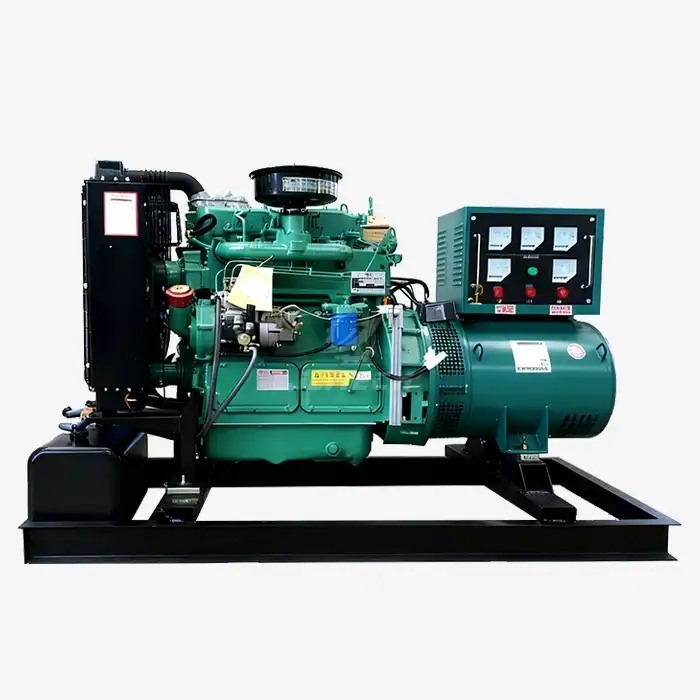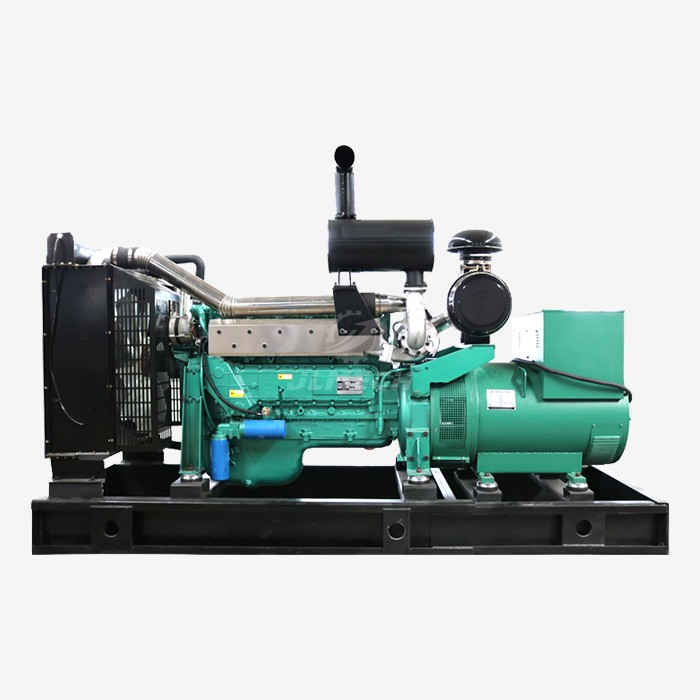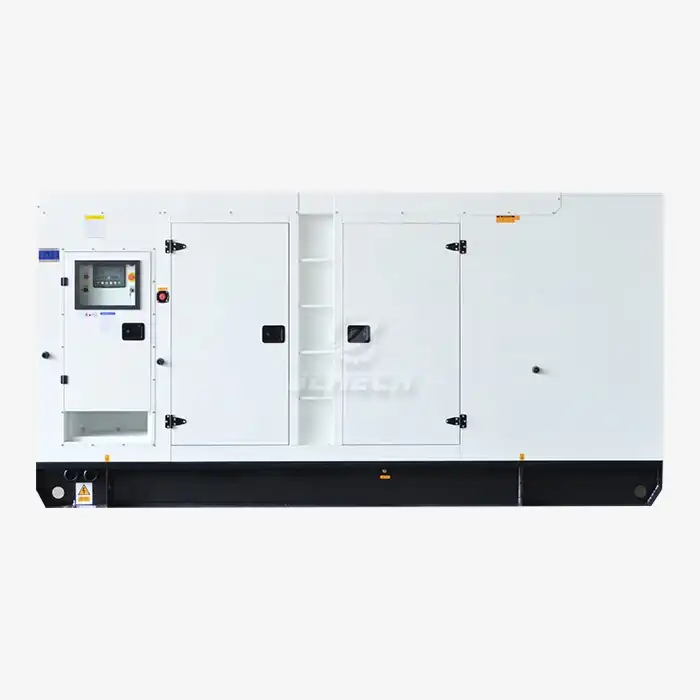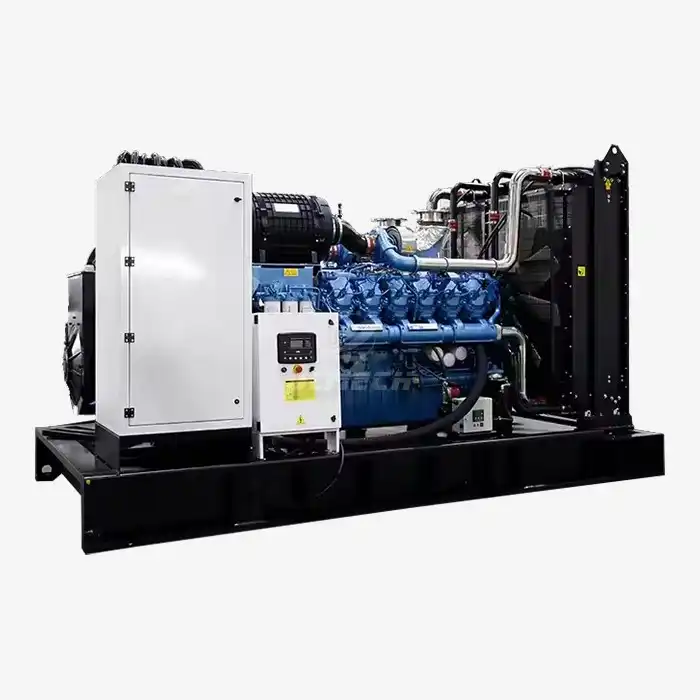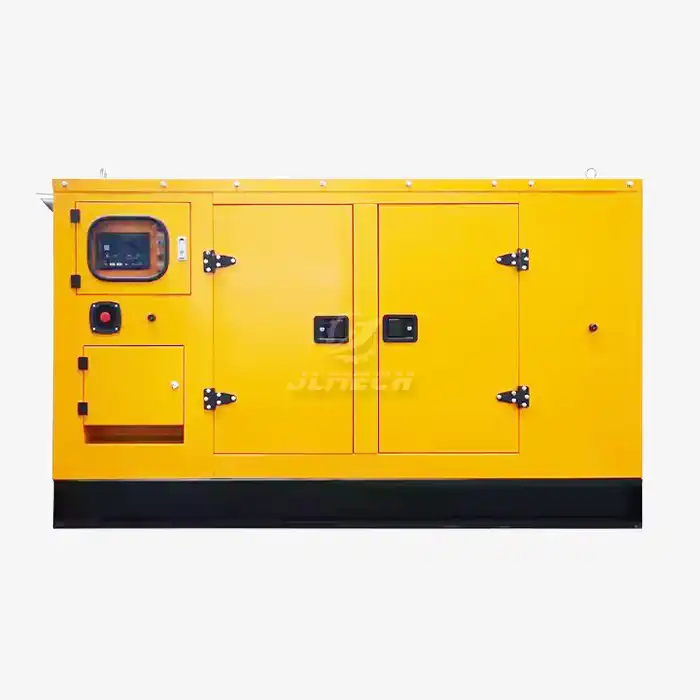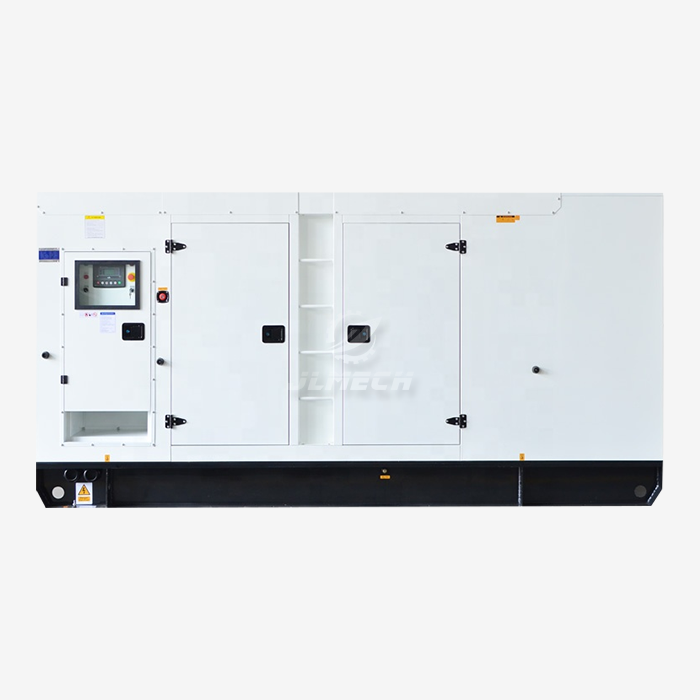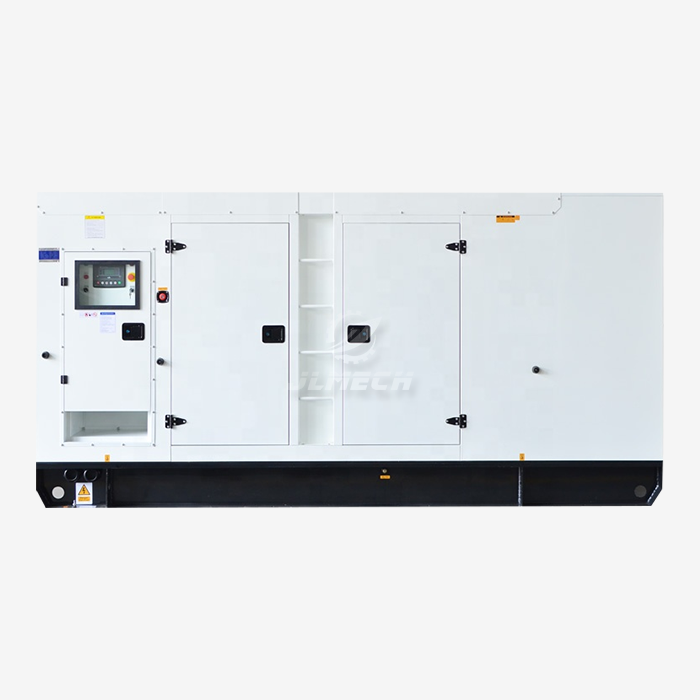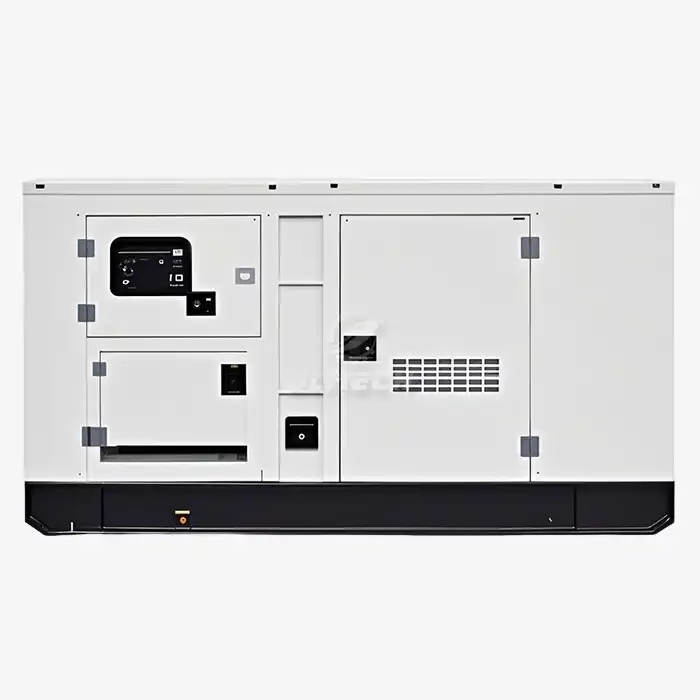How loud is a 69 decibels generator?
When selecting a generator, one of the most common questions we encounter from businesses and homeowners alike is: is 68 db loud for a generator? Understanding generator noise levels is crucial for ensuring compliance with local regulations, maintaining positive community relations, and creating a comfortable environment for both workers and residents. The question of is 68 db loud for a generator deserves a nuanced explanation that considers measurement standards, comparative noise levels, and practical implications for different applications. This comprehensive guide will explore what 69 decibels truly means for your operations, how it compares to common noise sources, and why this noise level represents an excellent balance between power output and acoustic comfort for most applications.
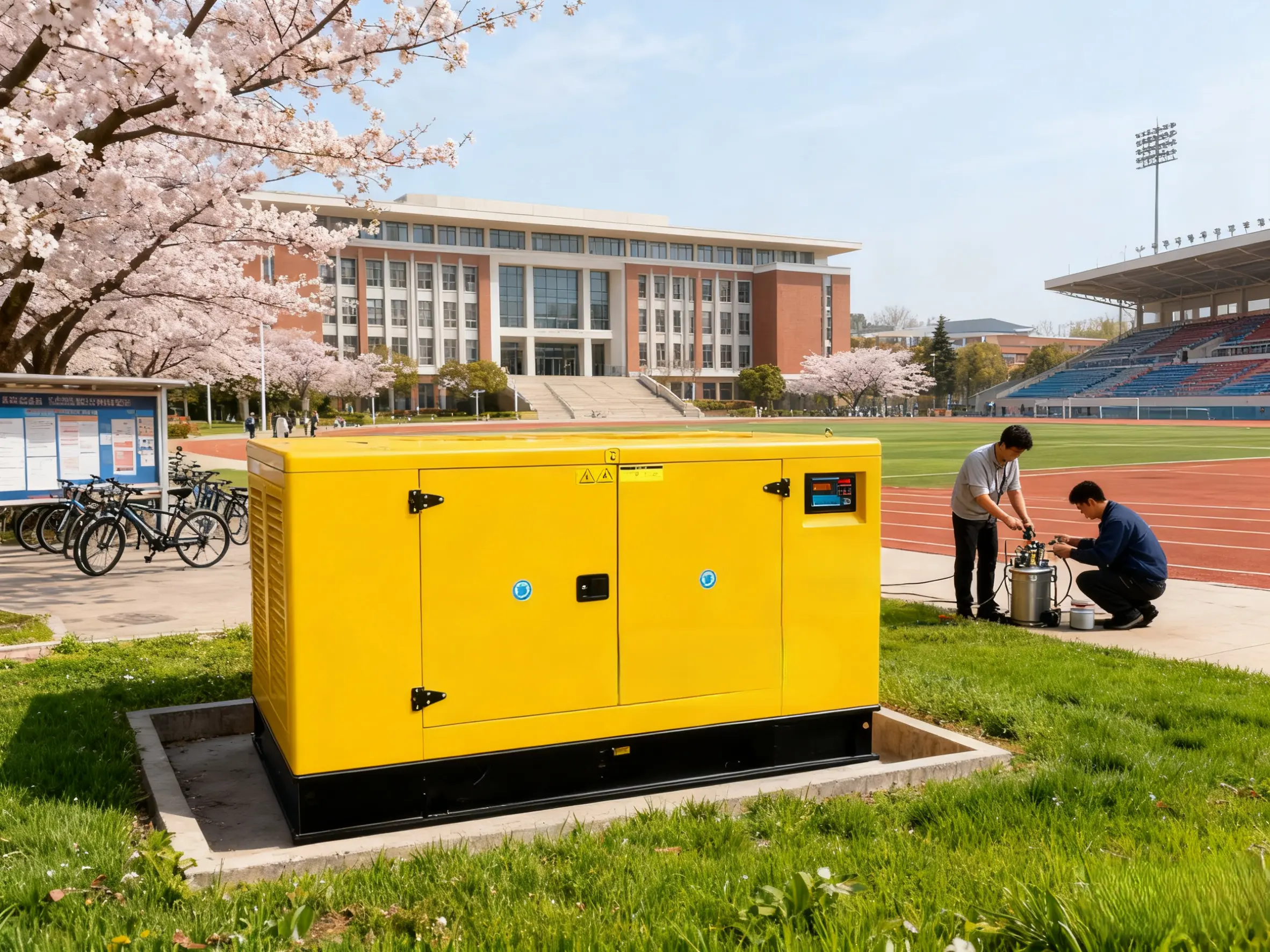
Understanding Decibel Measurements
The decibel (dB) scale is logarithmic, not linear, which means that small numerical changes represent significant differences in actual sound intensity. A 10 dB increase represents a tenfold increase in sound intensity, while a 20 dB increase represents a hundredfold increase . When we specifically consider is 68 db loud for a generator, it's helpful to understand that sound pressure level (SPL) measurements are typically referenced against a benchmark of 20 micropascals, the quietest sound the average human ear can detect . Most generator noise measurements use A-weighting (dBA), which correlates well with human hearing perception by de-emphasizing very low and very high frequencies that we perceive as less loud . This technical foundation is essential for properly evaluating what is 68 db loud for a generator in practical terms rather than just as an abstract number.
Comparative Noise Levels
Context is everything when understanding generator noise levels. The question of is 68 db loud for a generator becomes much clearer when we compare this noise level to familiar everyday sounds:
Normal conversation: Typically measures between 60-70 dBA
Vacuum cleaner: Usually operates at approximately 70-80 dBA
Dishwasher: Runs at about 60-70 dBA
Window air conditioner: Typically produces 60-70 dBA
Standard diesel generators without acoustic treatment: Often exceed 95-110 dBA
From this comparison, we can see that a generator operating at 69 dBA produces noise comparable to common household appliances rather than industrial equipment. This comparative analysis helps answer the question of is 68 db loud for a generator by placing it in a familiar context that potential users can readily understand.
Practical Implications and Applications
A generator operating at 69 dBA offers significant practical advantages across various applications:
Residential Areas: At this noise level, a generator can operate without causing significant disturbance to neighbors, especially important during nighttime power outages when background noise is minimal.
Construction Sites: Allows for early morning and late afternoon operation in noise-sensitive areas without violating typical municipal noise ordinances.
Events and Entertainment: Provides necessary power for sound systems, lighting, and food service without interfering with the main audio experience.
Healthcare Facilities: Suitable for backup power in medical settings where noise control contributes to patient recovery and comfort.
Office Environments: Enables business continuity during power outages without disrupting normal work activities.
The versatility of generators at this noise level makes them suitable for both primary and standby power across numerous sectors where noise control is a priority.
Regulatory Compliance and Community Considerations
Most municipalities have established noise regulations that vary by zoning, time of day, and proximity to residential areas. Understanding these regulations is essential when evaluating is 68 db loud for a generator from a compliance perspective:
Residential Zones: Typically allow 45-55 dBA at night and 55-65 dBA during daytime at property boundaries
Commercial Zones: Generally permit 60-70 dBA
Industrial Zones: Often allow 70-80 dBA
A generator operating at 69 dBA, when properly positioned with consideration for distance attenuation, can typically comply with daytime commercial regulations and many residential regulations when appropriate mitigation measures are implemented. The question of is 68 db loud for a generator must therefore consider not just the source noise level but also the distance to the nearest noise-sensitive receptor and any intervening barriers that might reduce sound transmission.
Psychological Perception of Generator Noise
The human perception of sound involves more than just decibel levels. Several factors influence whether a generator is perceived as loud or disruptive:
Tonal Quality: Pure tones or specific frequency peaks often subjectively seem louder than broadband noise at the same decibel level.
Intermittency: Continuous sounds typically become less noticeable over time, while irregular or intermittent sounds maintain attention.
Context: Emergency power generation during an outage is generally more acceptable than the same noise level during normal operations.
Expectation: People who benefit from the power supply are typically more tolerant of associated noise.
These psychological factors mean that the question of is 68 db loud for a generator has subjective dimensions that extend beyond objective decibel measurements.
Technical Optimization for Noise Control
Achieving a noise level of 69 dBA requires sophisticated engineering approaches that balance acoustic performance with power output, efficiency, and cost:
Acoustic Enclosures: Specially designed housing with sound-absorbing materials and strategic ventilation to prevent performance compromise.
Vibration Isolation: Advanced mounting systems that prevent structure-borne noise transmission.
Advanced Mufflers: Exhaust systems engineered for optimal noise reduction without creating excessive backpressure.
Cooling System Design: Fans and airflow paths optimized for minimal aerodynamic noise generation.
Engine Technology: Modern engines designed with noise reduction as a fundamental parameter rather than an afterthought.
These technical refinements represent the engineering expertise behind generators that deliver reliable power while maintaining low noise emissions.
Measurement Standards and Verification
When manufacturers specify generator noise levels, they typically follow established measurement protocols to ensure accuracy and comparability:
Distance Specification: Noise levels are typically measured at a standardized distance (often 7 meters or 23 feet) from the generator.
Load Conditions: Measurements should be taken under specified load conditions, as noise levels often increase with electrical load.
Environmental Factors: Testing accounts for ambient background noise and reflective surfaces that might influence measurements.
Measurement Equipment: Certified sound level meters with appropriate calibration are used for accurate measurements.
Understanding these standards helps interpret manufacturer specifications and ensures that the question of is 68 db loud for a generator is answered with consistent, reliable data.
Conclusion
The question of is 68 db loud for a generator reveals a sophisticated understanding of modern power generation requirements that balance performance with environmental considerations. At 69 decibels, a generator produces noise comparable to ordinary household appliances rather than industrial equipment, making it suitable for numerous applications where noise sensitivity is a concern. This noise level represents the culmination of advanced engineering focused on acoustic optimization without compromising power quality or reliability. When properly positioned and installed, generators operating at 69 dBA can comply with most municipal noise regulations while providing the dependable power necessary for residential, commercial, and specialized applications.
Our technical team specializes in helping clients select the ideal generator solutions for their specific noise sensitivity requirements and operational needs. For personalized assistance in selecting the right low-noise generator for your application, contact our acoustic power specialists at skala@whjlmech.com.
References
- Johnson, M. (2022). Emergency Power Systems: A Comprehensive Guide to High-Speed Diesel Generators. Power Engineering Quarterly, 45(3), 78-92.
- Generator Manufacturers Association. (2021). Guidelines for Rating and Application of Generator Sets. GMA Technical Publication TP-101.
- International Organization for Standardization. (2018). Reciprocating internal combustion engine driven generating sets — Part 1: Application, ratings and performance (ISO 8528-1:2018).
- National Fire Protection Association. (2020). Standard for Emergency and Standby Power Systems (NFPA 110).



